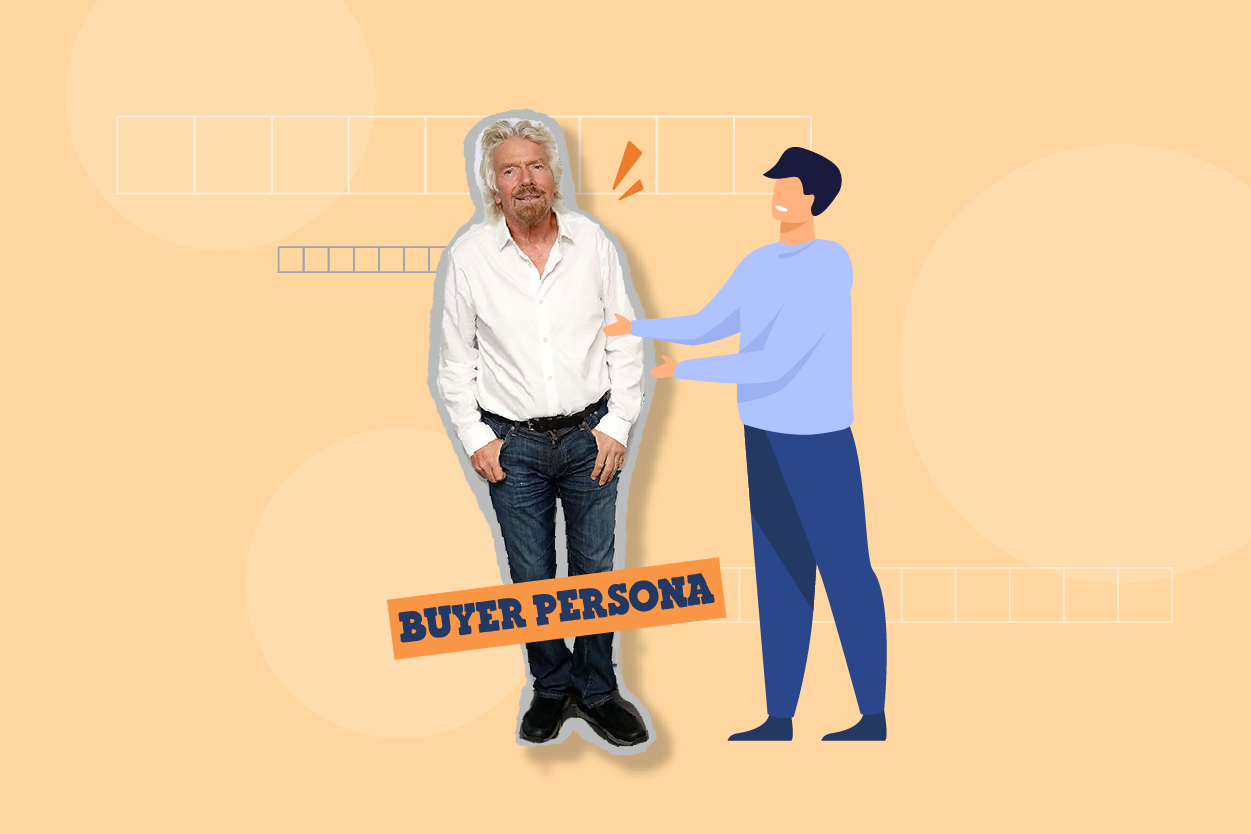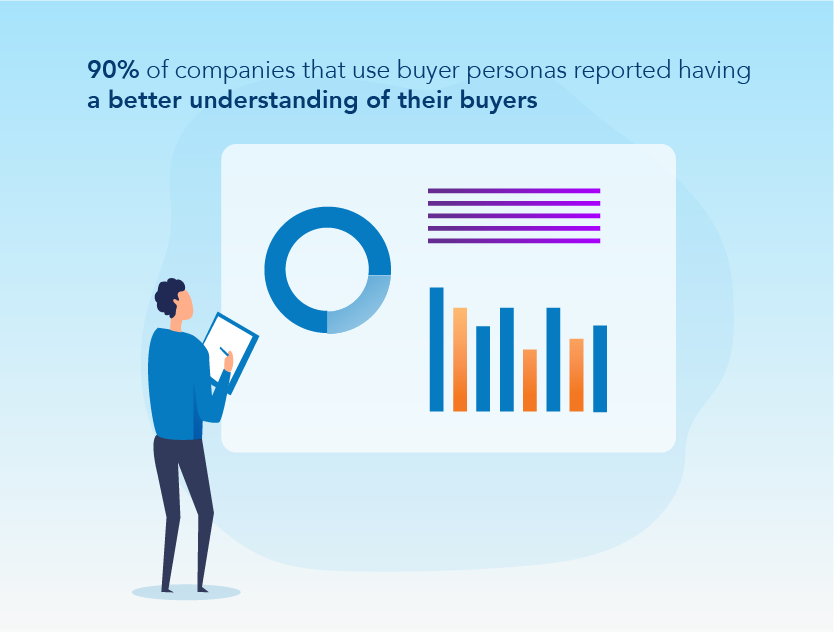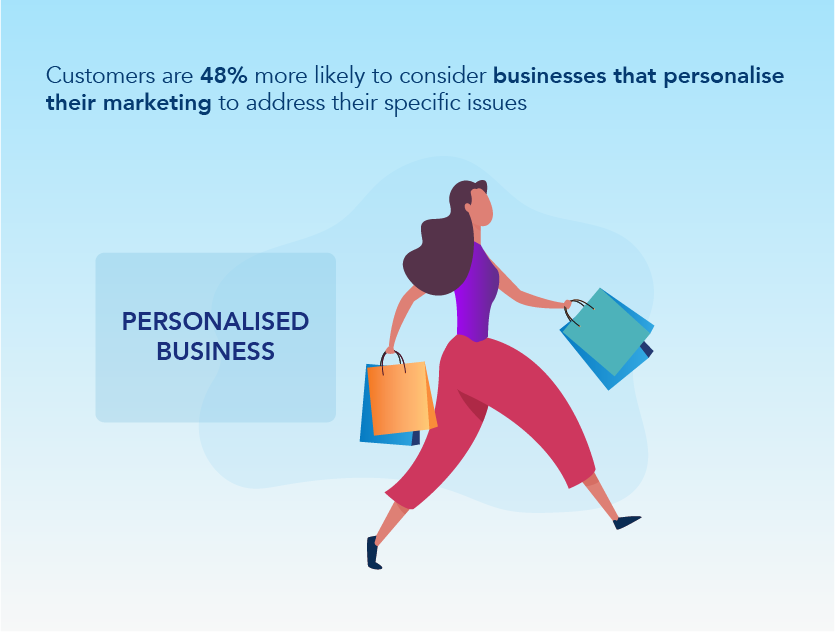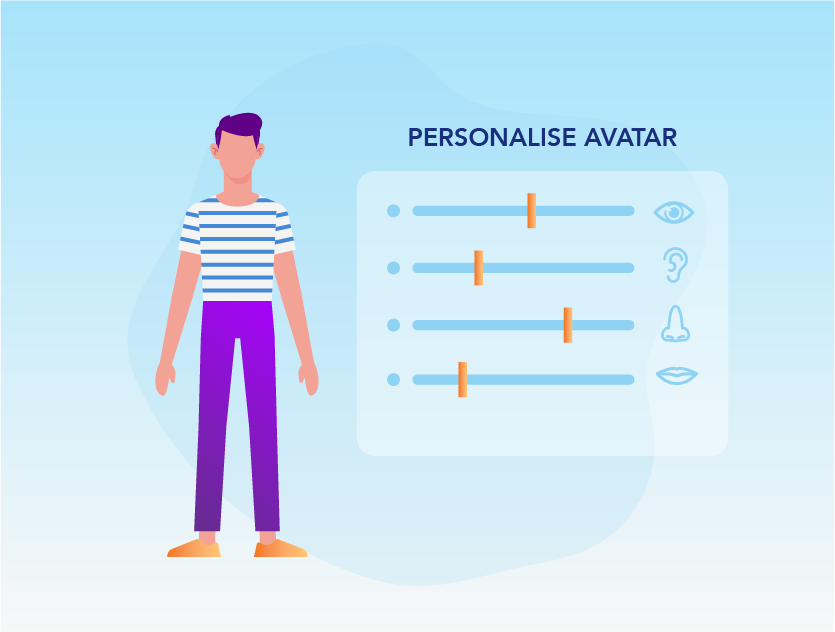

Buyer personas — the way to your customers’ hearts

More useful than any imaginary friend, buyer personas will help you get things done.
As more and more businesses emerge, making your company stand out in a saturated market can be a daunting task. In the heat of it all, it can be all too easy to lose sight of the most important part of a business — your customers.
So what do customers value? How do you make your business more appealing to your customers and grab their attention?
Enter: buyer personas.
What is a buyer persona?
A buyer persona is a profile of a fictional customer that is created based on research conducted on the existing customer base. Basically, it’s a representation of your ideal customer.
It’s not as simple as identifying the demographic of your target audience, though. A buyer persona often has a story behind its fictional protagonist that details their background, goals, and the challenges they face.
Some businesses even have multiple buyer personas for each segment of their customer base. The possibilities are hopefully not endless though.
Why use it?
In general, buyer personas make good reference points for businesses to help them keep track of their customers’ needs.
And when you know what makes your customers tick, you can adjust your business model to make your business more efficient and more appealing in a multitude of ways – not least of which is the content you serve them.
Tickle their fancy
Do your customers prefer social media, or traditional forms of media? What social channels do they frequent? With buyer personas, you can learn which social avenues to prioritise. This helps your marketing team maximise their time and resources.
Whether it’s through email marketing or social media advertisements, buyer personas can help you reach your audience in the most effective ways.
For example, if you have identified that your target audience peruses Facebook regularly, then it would be more efficient to channel resources into marketing your content on Facebook specifically.
While I’m not a fan of buzzwords ever, you can identify the lingo that appeals to your audience. Using their language can help your sales pitch resonate better with your customer base. It even shows customers that your company keeps up with their interests and relevant trends.
Customers first
Buyer personas can help you identify your clients’ content preferences, goals, and pain points.
What kind of content generates the most clicks from your audience? What topics engage them the most? Buyer personas will help you identify information like this.
When you’re able to create content around your customers’ needs, you’re putting your business on their radar and making yourself more valuable to them.
Buyer personas can even help you prepare for interactions with customers! Being aware of customers’ pain points means that you are better equipped to deal with potential questions and concerns.
It also means that you can be more empathetic to their struggles. Compassion and empathy goes a long way when it comes to building rapport with your customers.
Create your own buyer persona
Creating a buyer persona is like creating a character — you need to do your research before you can start writing. This includes both qualitative and quantitative research.
To start off, build a basic profile for your buyer persona. This is where you find numerical data through surveys, questionnaires, and polls, to obtain information such as age, gender, professional status and communication preferences.
Follow up with some interviews to flesh out your buyer persona. This is where you go beyond the numbers and into the more personal details of your customers.
Information on your customers’ personal or professional beliefs will be useful in creating your buyer personas. Some buyer personas even include personal information such as their hobbies.
Make use of data analytics! Look at how much engagement your content has previously generated. Take note of some patterns and commonalities in your results.
On top of all that, there’s also an extra point to note especially if you are in the B2B market. If you want to appeal to your B2B audience, your personas need to consider not just them, but their audience too. After all, the purchasing decision of your B2B customers is also ultimately influenced by the behaviour of their own customers.
Put it all together
Now that all your research is done, it’s time to bring your buyer persona to life!
Come up with a backstory for the persona that aligns with their goal, concerns, and interests. The more detailed, the better, since more details mean that you and your team have more information to work off on.
But don’t get too ahead of yourself — avoid cluttering your buyer persona profile with irrelevant information.
You can even write it in first-person — as if your buyer persona is the one writing their own story. This will bring a new dimension of personality to your persona.
Here’s an example of a B2C buyer persona crafted by Juny Lee on LinkedIn. It details the persona’s personal life, his (and his wife’s) hobbies and habits, and even their vision for the future, followed by a description of his purchasing behaviour. All of the relevant and necessary information has been made available in a single graphic.
It’s also good to find and use images to really give your buyer persona its own identity. Some businesses even have cardboard cutouts of their buyer personas situated around their office. As funny as that sounds, the cutouts serve to remind the staff to always have their customers’ needs in mind.

At the end of it all, buyer personas help to humanise your company. In this day and age, customers are looking for businesses with personality and passion — the days of cold and professional business profiles are gone now.
It’s time to connect with your audience, and what better way to do it than with buyer personas?
Unsure of how to write a buyer persona best suited for your business? Let us help! Contact Erik Magelssen, our Digital Content Director at erik@click2view
Read more from Click2View:
- Ever wondered what makes a great case study?
- This is why you should consider filming live videos
- Read about what we learnt from producing our own newsletter.
Sign up to our newsletter for a weekly update on the latest content marketing news. Don’t forget to subscribe to our YouTube channel too!
Click2View is Southeast Asia’s premiere full-service independent B2B content marketing agency servicing clients like Microsoft, Google, Visa, Prudential, and the Lee Kuan Yew School of Public Policy.











